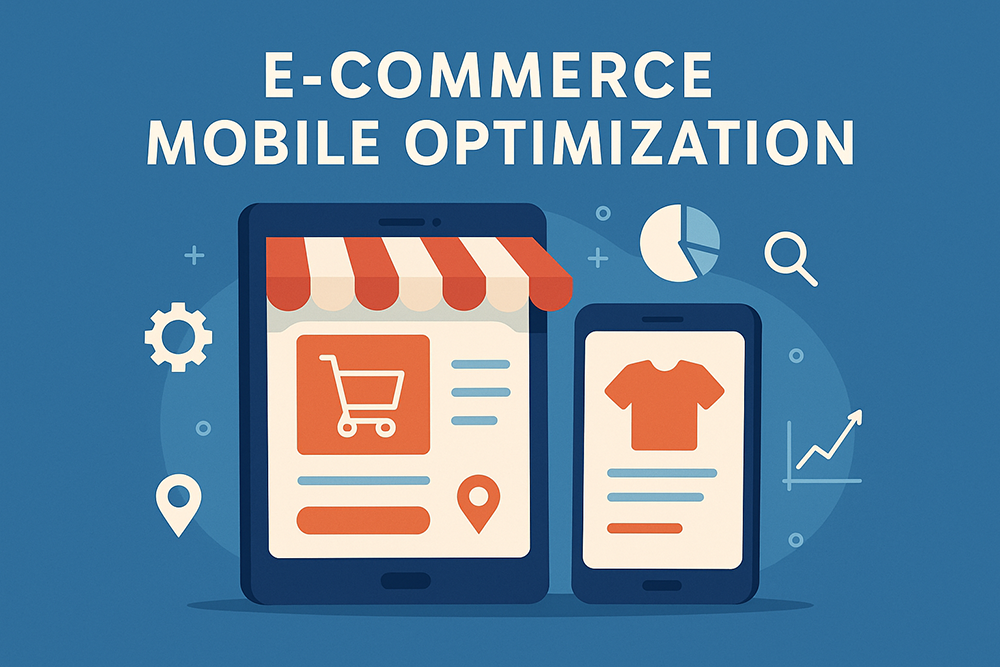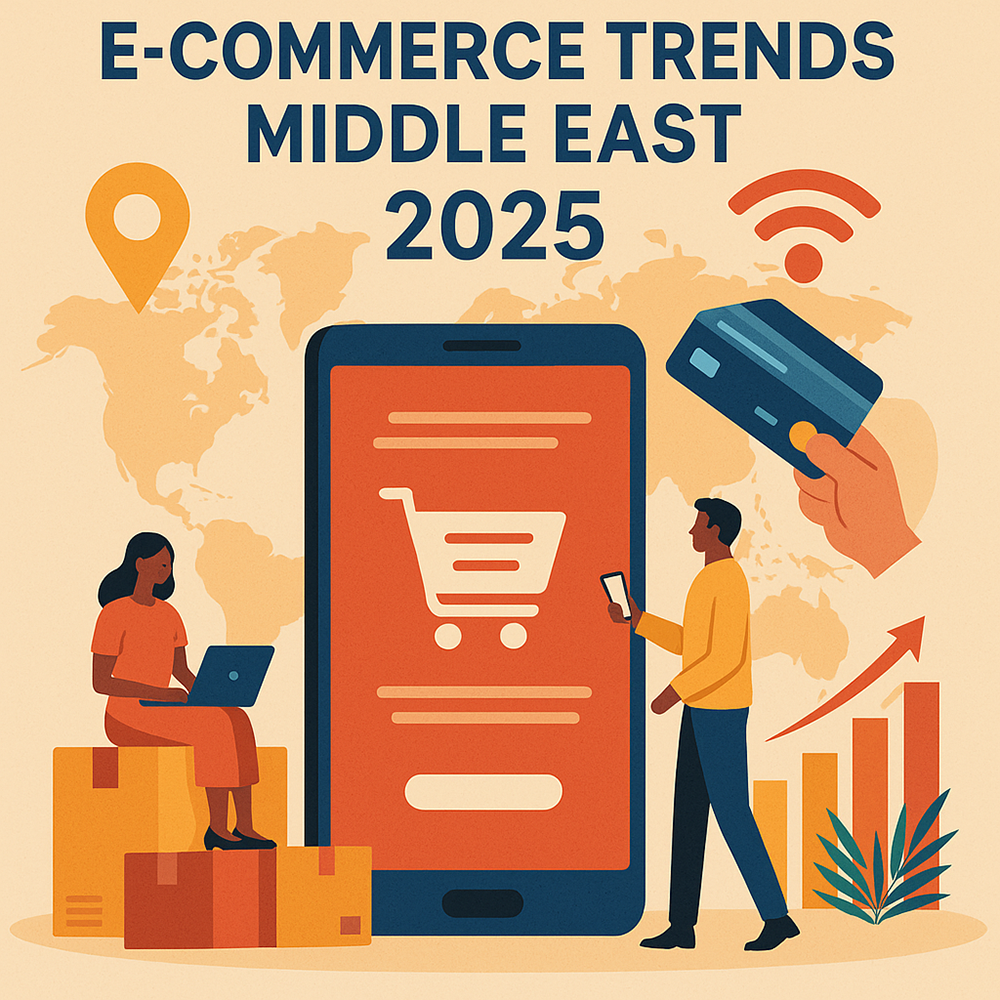Mobile commerce, or m-commerce, has rapidly transformed the retail landscape. With an ever-increasing number of consumers using smartphones and tablets for online shopping, optimizing your e-commerce site for mobile devices is no longer an option—it's a fundamental requirement for success. A seamless mobile experience can significantly boost your sales, improve customer satisfaction, and enhance your search engine rankings. This article will guide you through the essential strategies for optimizing your e-commerce site for mobile.
Why Mobile Optimization is Crucial for E-commerce
- Dominance of Mobile Traffic:
The majority of online traffic and e-commerce transactions now originate from mobile devices. If your site isn't optimized, you're alienating a vast segment of your potential customer base.
- Improved User Experience (UX):
A mobile-optimized site offers faster loading times, easier navigation, and a more intuitive interface on smaller screens. This leads to a positive user experience, reducing bounce rates and encouraging longer visits.
- Higher Conversion Rates:
When users can easily browse, select products, and complete purchases on their mobile devices, conversion rates naturally increase. Friction in the mobile checkout process is a major cause of cart abandonment.
- SEO Benefits:
Google prioritizes mobile-first indexing, meaning the mobile version of your site is the primary one used for ranking. A mobile-friendly site is more likely to rank higher in mobile search results, driving more organic traffic.
- Brand Reputation:
In today's market, consumers expect a smooth mobile experience. A poorly optimized mobile site can damage your brand's credibility and lead to negative perceptions.
Key Strategies for Mobile E-commerce Optimization
Here's how to ensure your e-commerce site performs exceptionally on mobile devices:
- Responsive Design:
Implement a responsive web design that automatically adjusts your site's layout, images, and content to fit any screen size. This ensures a consistent experience across desktops, tablets, and smartphones without needing separate mobile versions.
- Optimize Page Load Speed:
Mobile users are impatient. Aim for a load time of 2-3 seconds or less. Strategies include:
- Compress Images: Use optimized image formats (WebP) and compress them without sacrificing quality. Implement lazy loading for images below the fold.
- Minify Code: Reduce CSS, JavaScript, and HTML file sizes by removing unnecessary characters.
- Leverage Browser Caching: Allow browsers to store static elements of your site, speeding up repeat visits.
- Use a CDN: A Content Delivery Network distributes your content across multiple servers globally, delivering it faster to users based on their location.
- Simplify Navigation:
Mobile screens have limited space. Implement a clear, concise, and intuitive navigation menu (e.g., a hamburger menu) that is easy to access and use. Categorize products logically and use a prominent search bar.
- Streamline the Checkout Process:
A complex checkout is a major conversion killer on mobile. Simplify it by:
- Guest Checkout: Allow users to purchase without creating an account.
- Auto-fill Forms: Use browser auto-fill features for addresses and payment details.
- Mobile Payment Options: Integrate popular mobile payment methods like Apple Pay, Google Pay, or local digital wallets.
- Progress Indicators: Show users where they are in the checkout process.
- Minimize Form Fields: Only ask for essential information.
- Optimize Product Pages:
Product pages are crucial for conversions. On mobile, ensure:
- High-Quality Images: Use zoomable, high-resolution images that load quickly.
- Concise Descriptions: Provide key information upfront, with options to expand for more details.
- Clear CTAs: Make "Add to Cart" or "Buy Now" buttons prominent and easy to tap.
- Customer Reviews: Display reviews prominently to build trust.
- Implement Mobile-Specific Features:
Consider features that enhance the mobile experience:
- Click-to-Call Buttons: For customer support.
- Location-Based Services: For finding nearby stores.
- Push Notifications: For re-engaging users (if using a PWA).
- Regular Mobile Testing:
Continuously test your e-commerce site on various mobile devices, operating systems, and browsers. Use tools like Google's Mobile-Friendly Test and PageSpeed Insights to identify and fix issues. Gather user feedback to refine the experience.
By prioritizing mobile optimization, your e-commerce business can unlock significant growth, reach a wider audience, and provide a superior shopping experience that keeps customers coming back.
Ready to Elevate Your Business?
Whether you need a stunning new website, a powerful marketing strategy, or robust IT solutions, Lumora is here to help. Our team of experts in Dubai is ready to turn your vision into reality.
Contact Us Today

